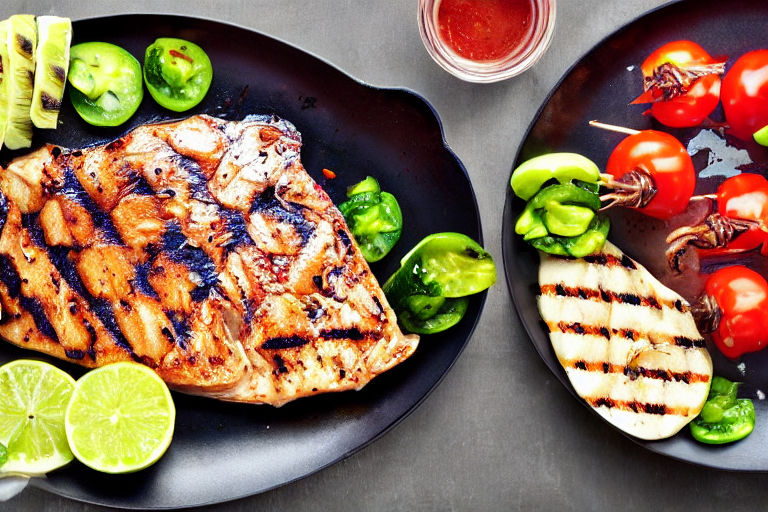A Beginner's Guide to Bartending: Mastering the Art of Mixology with Simple Techniques
Are you looking to elevate your bartending skills and become a master mixologist? Look no further! With these simple techniques and tips, you can impress your friends and family with your newfound bartending skills.
Essential Tools
Before you start mixing drinks, you will need a few essential tools. These include:
- Shaker
- Jigger
- Bar spoon
- Strainer
- Citrus press
Make sure to invest in quality tools, as they will last longer and produce better results.
Mixing Techniques
There are two primary mixing techniques used in bartending: shaking and stirring.
- Shaking: Shaking is used for cocktails that contain fruit juice or cream. Fill a shaker with ice and ingredients, and shake vigorously for at least 10 seconds to ensure proper blending.
- Stirring: Stirring is used for cocktails that are all alcohol-based, such as martinis. Fill a mixing glass with ice and ingredients, and stir gently for approximately 30 seconds.
Building a Cocktail
When building a cocktail, it's important to add ingredients in the correct order. The basic structure is:
- Ice: Fill your glass or shaker with ice.
- Alcohol: Add the primary spirit next.
- Mixers: Add any mixers, such as fruit juice or simple syrup.
- Garnish: Finish with a garnish, such as a slice of citrus or a cherry.
Simple and Delicious Recipes
Now that you know the basics, here are a few simple and delicious cocktail recipes to get you started:
Margarita
- 2 oz. tequila
- 1 oz. lime juice
- 1 oz. Cointreau
- Salt for rimming the glass
Shake all ingredients with ice and strain into a salt-rimmed glass.
Old Fashioned
- 2 oz. whiskey
- 1 sugar cube
- 2 dashes Angostura bitters
- Orange peel for garnish
Muddle the sugar cube and bitters in a mixing glass until dissolved. Add whiskey and ice, and stir. Strain into a glass and garnish with an orange peel.
Daiquiri
- 2 oz. rum
- 1 oz. lime juice
- 1/2 oz. simple syrup
Shake all ingredients with ice and strain into a glass.
Conclusion
With these simple techniques, tools, and recipes, you can start your journey to becoming a master mixologist. Remember to invest in quality tools, add ingredients in the correct order, and have fun experimenting with new flavors and combinations.



